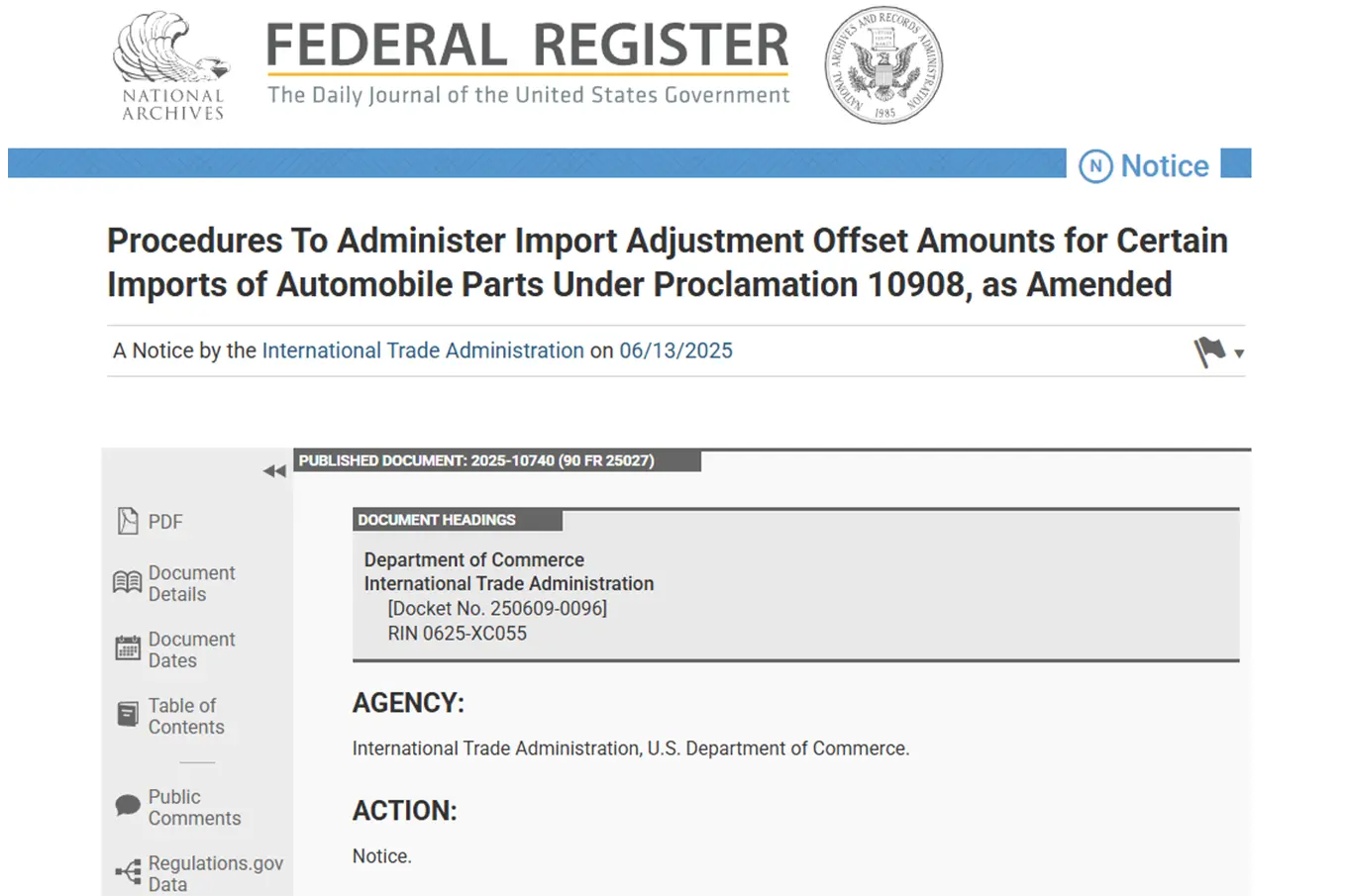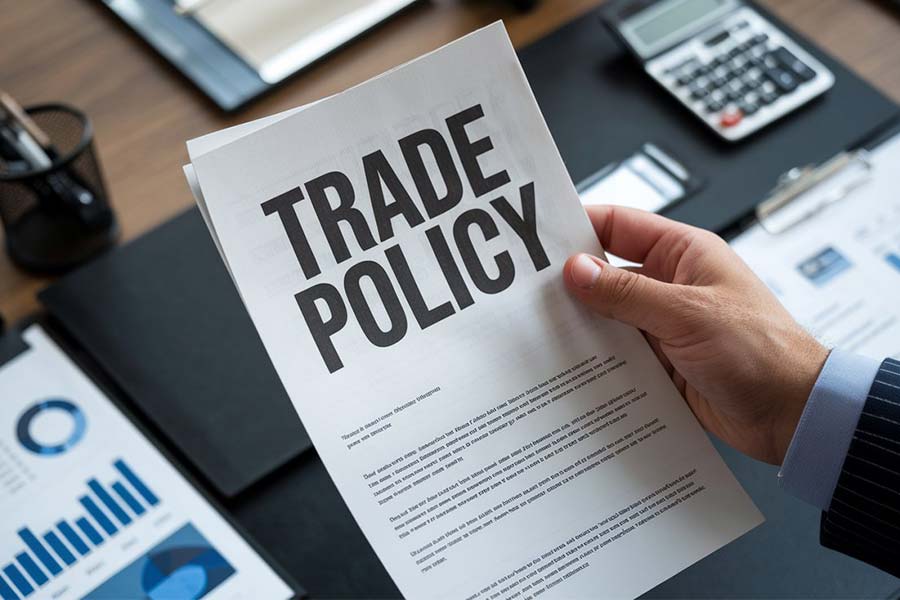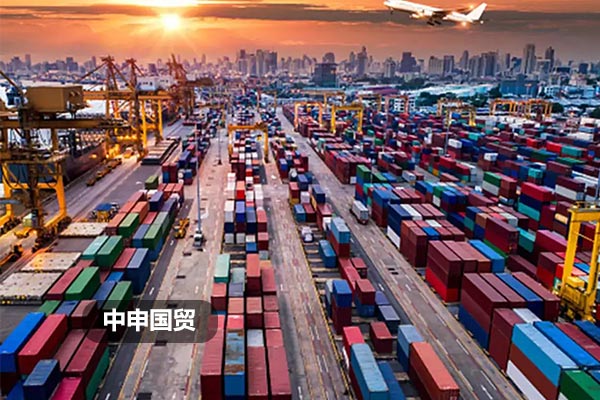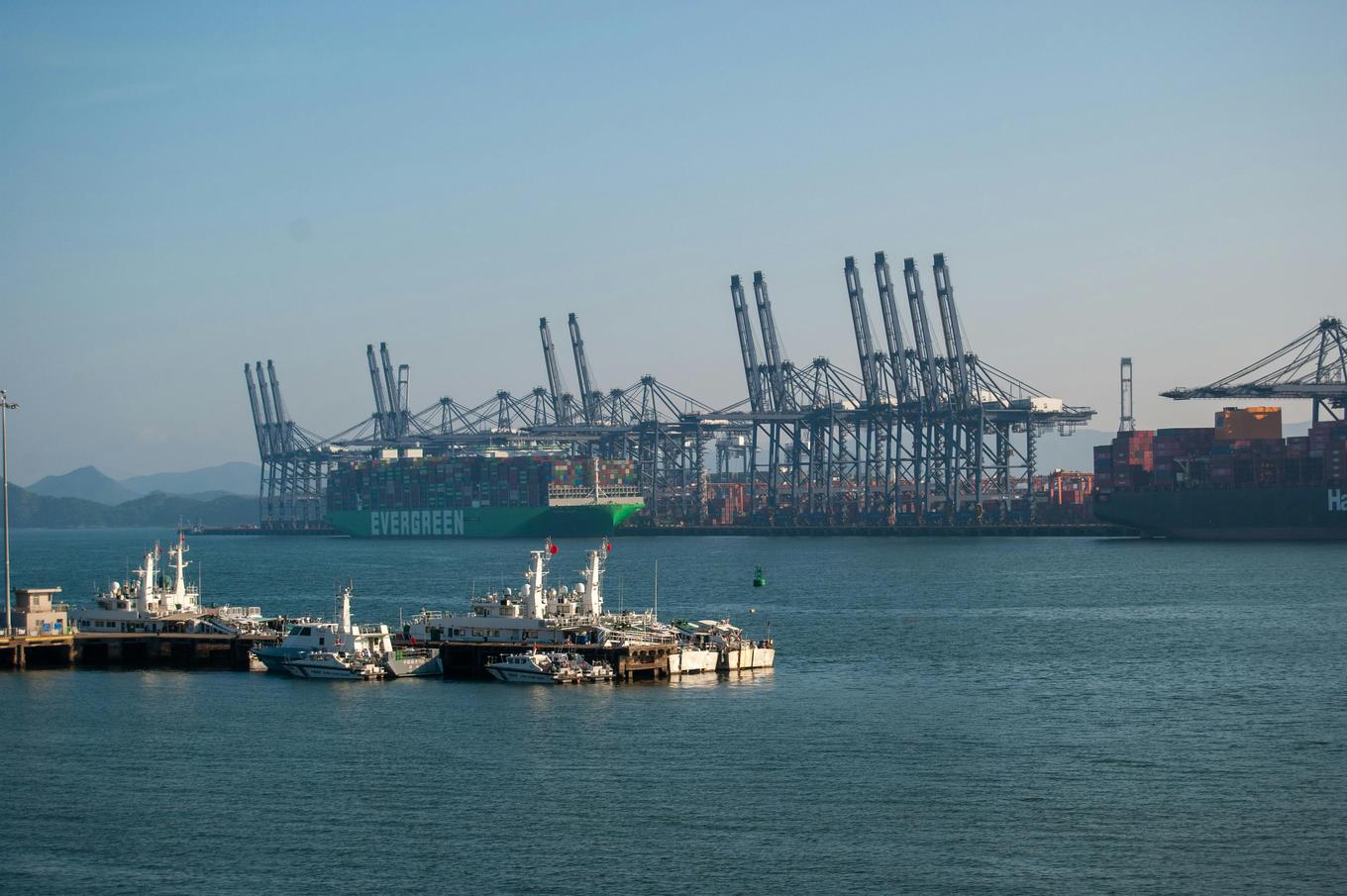- Shanghai Zhongshen International Trade Co., Ltd. - Two decades of trade agency expertise.
- Service Hotline: 139 1787 2118

Overview of electronics import policies
With the acceleration of globalization, the import of electronic products has become an important part of many enterprises supply chains. However, the constantly changing policies and regulations involved in the import process pose significant challenges to businesses. This article aims to provide enterprises with a comprehensive interpretation of electronic product import policies and operational guidelines, helping them clear customs smoothly, avoid risks, and improve import efficiency.
Key Policy Interpretations
When importing electronic products, enterprises must first understand and comply with the following key policies:
- Tariff Policy: Different categories of electronic products may be subject to different tariff rates. Enterprises need to declare accurately based on product categories.
- Import license: Certain electronic products require specific import licenses. Enterprises should apply in advance to avoid delays.
- Product Certification: Imported electronic products must comply with the product certification standards of the destination country, such as CE, FCC, etc.
Detailed Operational Steps
To ensure smooth progress of the import process, enterprises should follow these steps:
- Market Research: Understand the target markets demand and regulatory requirements.
- Supplier Selection: Select reputable suppliers to ensure product quality.
- Contract signing: Clarify responsibilities of both parties, including delivery time, payment methods, etc.
- Logistics Arrangement: Choose appropriate logistics methods to ensure safe and timely arrival of goods.
- Customs declaration and clearance: Prepare complete customs clearance documents, such as invoices, packing lists, bills of lading, etc.
- Follow-up Tracking: Track cargo status and promptly address any potential issues.
Request to provide the 2025 - version standard service price list
During the electronic product import process, enterprises may face various risks, such as policy changes, logistics delays, etc. Here are some effective risk mitigation strategies:
- Policy Monitoring: Regularly monitor relevant policy changes and adjust import strategies accordingly.
- Supplier Diversification: Avoid relying on a single supplier to disperse supply risks.
- Insurance Coverage: Purchase appropriate insurance for imported goods to minimize losses.
Conclusion
Electronic product import is a complex but opportunity-filled field. By gaining in-depth understanding of relevant policies and regulations, following scientific operational steps, and adopting effective risk mitigation strategies, enterprises can achieve success in this area. We hope this article provides valuable guidance and assistance for your electronic product import journey.
Related Recommendations
? 2025. All Rights Reserved. Shanghai ICP No. 2023007705-2  PSB Record: Shanghai No.31011502009912
PSB Record: Shanghai No.31011502009912










